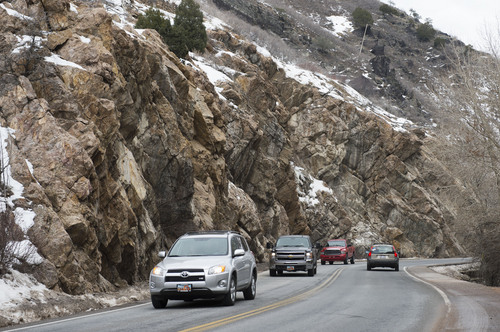This is an archived article that was published on sltrib.com in 2014, and information in the article may be outdated. It is provided only for personal research purposes and may not be reprinted.
They are the granite majesties that draw Utah's legendary powder snow from passing clouds, and they are the snowfields, glaciers and reservoirs that carry entire cities through long, hot summers.
They are the all-season backyard playground that makes Utahns the envy of active people, and they are the picture postcard that sold the International Olympic Committee on Salt Lake City as host of the Winter Games.
They are the central Wasatch Mountains, and their importance cannot be overstated.
So it is an encouraging sign that the biggest stakeholders in those mountains — the ski resorts, the backcountry skiers and hikers, the water and forest managers and the politicians in the cities that surround them — are launching a comprehensive planning effort to help the Wasatch cope with growth, development and climate change.
These stakeholders have often have been opponents in land-use battles over the Wasatch. That they would join together for a cooperative planning effort shows how much is at stake.
Called "Mountain Accord," the group has received more than $2 million in tax money and private contributions for a serious planning effort for the area roughly bordered by Parley's Canyon on the north, Little Cottonwood Canyon on the South, Park City on the east and the Salt Lake Valley on the west. The effort has four intertwined emphases: recreation, environment, economics and transportation.
The organizers are pledging a process that will be both transparent and far reaching. That could include setting a limit on future ski lifts. It could include reducing cars in the choked Cottonwood canyons and replacing them with buses or trains. It could even include using old mine tunnels to move people from Park City to Alta.
The process will begin as it should, with the public invited to meetings next week in Park City and Salt Lake City to learn more. The first phase, expected to take a year, will come up with a preferred scenario for sustainable development and transportation. The second phase would be about implementing those plans, including pursuing transportation funds and writing environmental impact statements.
Will this be another master plan that gets tossed on the heap of good intentions? Time will tell. But the organizers deserve credit for trying to pitch a big tent on those mountains.



